
Watch: Debora Moore
A pioneer of glass techniques, this renowned creator is one of the few Black female artists in her medium.
An influential member of the noted Northwest School, the Central District sculptor turned his home into a community center for artists.
by Jasmine Mahmoud / June 1, 2022
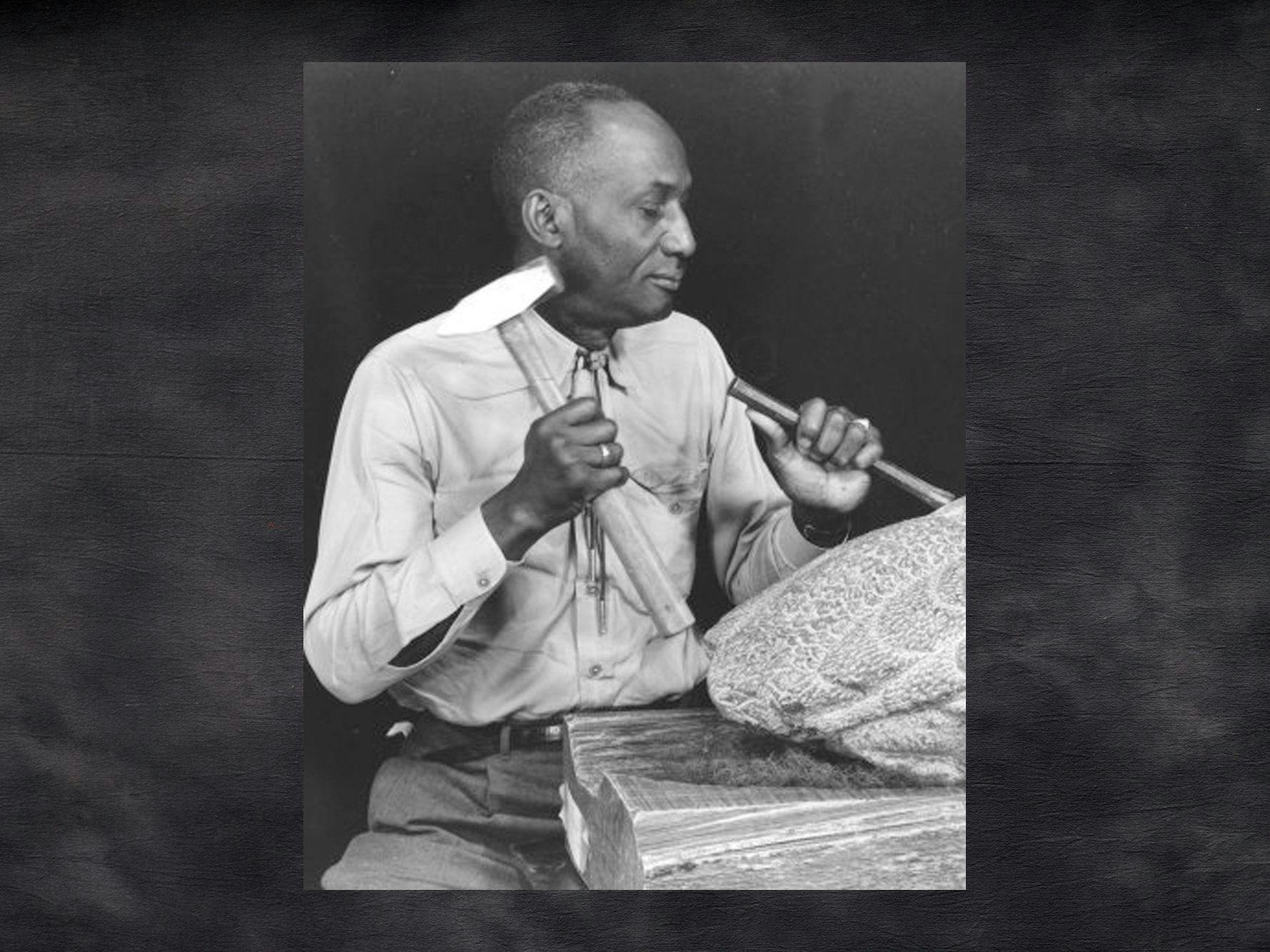
For James W. Washington Jr., a stone was never just a stone. It was a source of meditation. “I can pick up a stone of any shape,” he said during a 1987 Smithsonian Archive interview, “and I can work with it [for] about five minutes and tell you its potential.” Speaking from his Central District studio, he described the process by which he imbued cold, still stones with vitality. “If there’s a spiritual force, I’m trying to see how much of that force I can use … to really make that thing come alive.”
Often that thing was a small creature — a hedgehog, a woodchuck and, over and over again, nesting birds. Carving minimalist lines that followed the shape of the granite, Washington had a near alchemical ability to suggest animals whose heartbeats you could almost hear. In stark contrast to the material, there is a tenderness in his work, and an abiding respect for nature, humanism and the miracle of life.
Born circa 1909 in Gloster, Mississippi, James Winston Washington Jr. grew up as the fourth of six children, with a Baptist minister father and mother who was “a truly religious person, concerned with the creative aspect of religion,” her son said in his Smithsonian interview.
Washington first became aware of his own artistic skill when, as a teenager, his friends would draw a mark of any shape on concrete, and he could transform the mark into a human figure or any multitude of beings. These were the very beginnings of what emerged as a self-taught talent for painting and woodcut prints.
His gifts were significant enough that at age 29, during the Great Depression, Washington was hired as an art instructor for a Works Progress Administration project in Vicksburg, Mississippi. When he was excluded from an all-white WPA-sponsored artistic showcase, he curated his own show of Black WPA artists — the first known exhibit of African American art in Mississippi.
World War II production jobs lured Washington to the Seattle area — the same reason many Black Americans made the journey. Washington also hoped to escape the racism he experienced in the deep South. In 1944, Washington and his wife, Janie Rogella Washington, moved to Bremerton, where he worked as a journeyman electrician at the Navy Yard. But he didn’t stop making art.
His paintings earned him a spot at Frederick & Nelson Department Store’s Little Gallery, an art space of note run by Theodora Harrison. It was there, in 1945, that Washington caught the interest of Mark Tobey, the Seattle painter at the forefront of the Northwest School of modern art, the movement known for earthy tones and symbolism reflecting the regional landscape.
Soon after, Washington began to take formal painting classes under Tobey and joined the community of Northwest School artists that included Morris Graves, Kenneth Callahan, Kenjiro Nomura, John Matsudaira, George Tsutakawa and Paul Horiuchi. Washington exhibited paintings alongside them — but soon he experienced a major artistic turning point.
In 1951, Washington traveled to Mexico City to meet artist Diego Rivera. “Rivera welcomed him, and was very hospitable,” says Henry Smith, a historian who in 2019 was writer in residence at the Dr. James W. Washington, Jr. & Mrs. Janie Rogella Washington Foundation. “Rivera took Mr. Washington to the Chapultepec [Park]… to show him the murals … and sculpture.” Seeing the soft volcanic rock sculptures influenced Washington’s shift toward the art form.
In a much recounted story, it was on this trip that Washington picked up a stone that seemed to call to him. “I didn’t go down to Mexico to be a sculptor,” Washington said, “but … that evolved [to] me picking up that stone and getting into sculpting.” He brought the stone back to Seattle and would spend five years developing it into his first sculpture, “Young Boy of Athens.” From that point onward, he explored his true calling as a stone carver.
Washington brought his work to life in the studio of his and Janie’s home, at 1816 26th Avenue in Seattle’s Central District. The craftsman bungalow, with its leafy surrounding garden, was named a historical landmark in 1992. Five years later, with the help of the Rev. Dr. LaVerne Hall, the Washingtons designated their home, studio and basement library to become a permanent cultural center after both James and Janie had died. “They were able to see that they needed to preserve all of this,” Hall says, “their life and legacy for future generations.” The couple remained in the house until they both passed away in 2000.
Over the past two decades, the James and Janie Washington Foundation has fostered creative work by way of mentorship, scholarship, studio access, art classes and residencies — the last of which have hosted over the years such artists as Esther Ervin, Daniel Minter, Romson Regarde Bustillo and June Sekiguchi. Washington’s intention was that the house build the kind of community he found among his fellow artists and in his religious community.
“He was a very spiritual person,” says the Rev. Hall, executive director of the foundation. She and Henry Smith both first encountered Washington at Seattle’s Mount Zion Baptist Church (“he was the assistant to my Sunday School teacher,” Smith recalls). Washington curated art exhibits at the church during the midcentury, and in 1987, donated a large sculpture, “Oracle of Truth.” Several of his works reflect biblical stories, including “Abraham’s Well at Ur, in the Land of the Chaldeans,” a 1989 sculpture in stone, wood, metal and rope, housed at Tacoma Community College.
Washington’s spirituality comes through in works depicting nature as well, such as “Bird with Young” (1976), in the Smithsonian art collection, in which a bird clings to its chick as if for dear life. Another is “Wounded Eagle No. 10” (1963), one of several of his works in the Seattle Art Museum’s collection. In this evocative piece, the raptor is slumped forward — eyes shut against pain. As Washington once said, “Everyone, whether it’s a fish or whether it’s a bird, each one has a language.”
In 1994, Washington installed a public sculpture at 23rd and Union in the Central District: “The Fountain of Triumph,” a vertical fountain that featured knobby salmon swimming upstream. Long a supporter of civil rights, he intended for it to symbolize the African American experience — pushing against dangerous, prevailing forces to survive and thrive. The fountain was removed during the construction of Midtown Square, but in 2017, Pratt Art Institute (and art instructor Sabah Al-Dhaher) worked with the Washington Foundation and Lake Union Partners to restore it. It was reinstalled a block away, at 24th and Union, in early 2022. (Across the street, at the Liberty Bank building, artist Esther Ervin’s 2019 tribute fountain features a horizontal salmon run.)
In February 2022, the revitalized salmon fountain was joined by another sculpture — not by Washington but of him. The 6-foot-tall bronze likeness, by Seattle artist Barry Johnson, depicts Washington holding one of his oval bird sculptures. It was unveiled after a festive community celebration, including Mayor Bruce Harrell’s proclamation of James Washington Jr. Day. After all the speeches, the pomp and circumstance, the crowd stood in the soft rain to admire the sight of Washington, a quiet, meditative, powerful artist who held the breath of life in his hands.
Black Arts Legacies Project Editor
ARTIST OVERVIEW
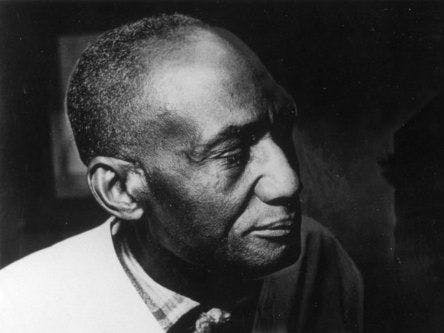
Sculptor, Painter
(c. 1909-2000)

A pioneer of glass techniques, this renowned creator is one of the few Black female artists in her medium.
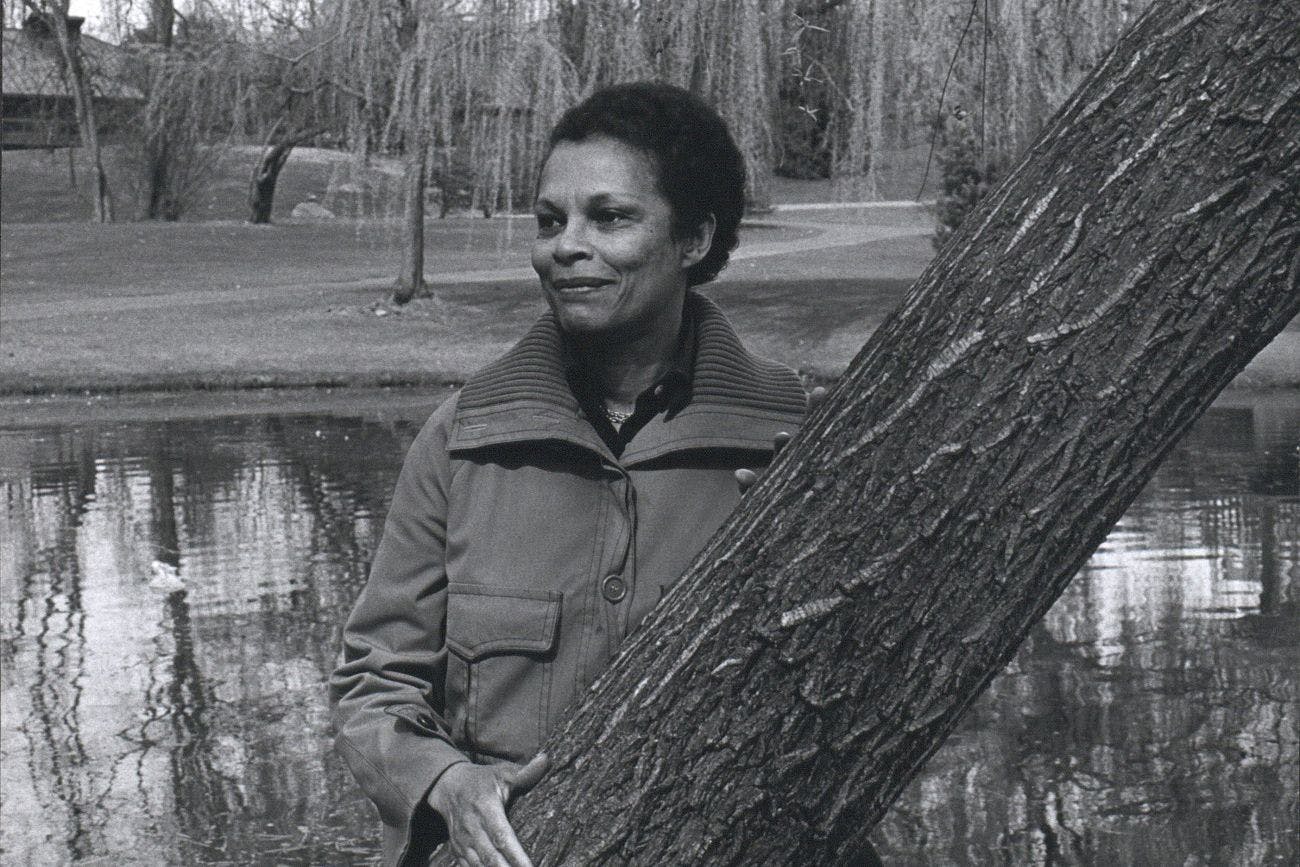
As a direct connection to the Harlem Renaissance, this often overlooked painter inspired generations of Seattle movers and shakers.
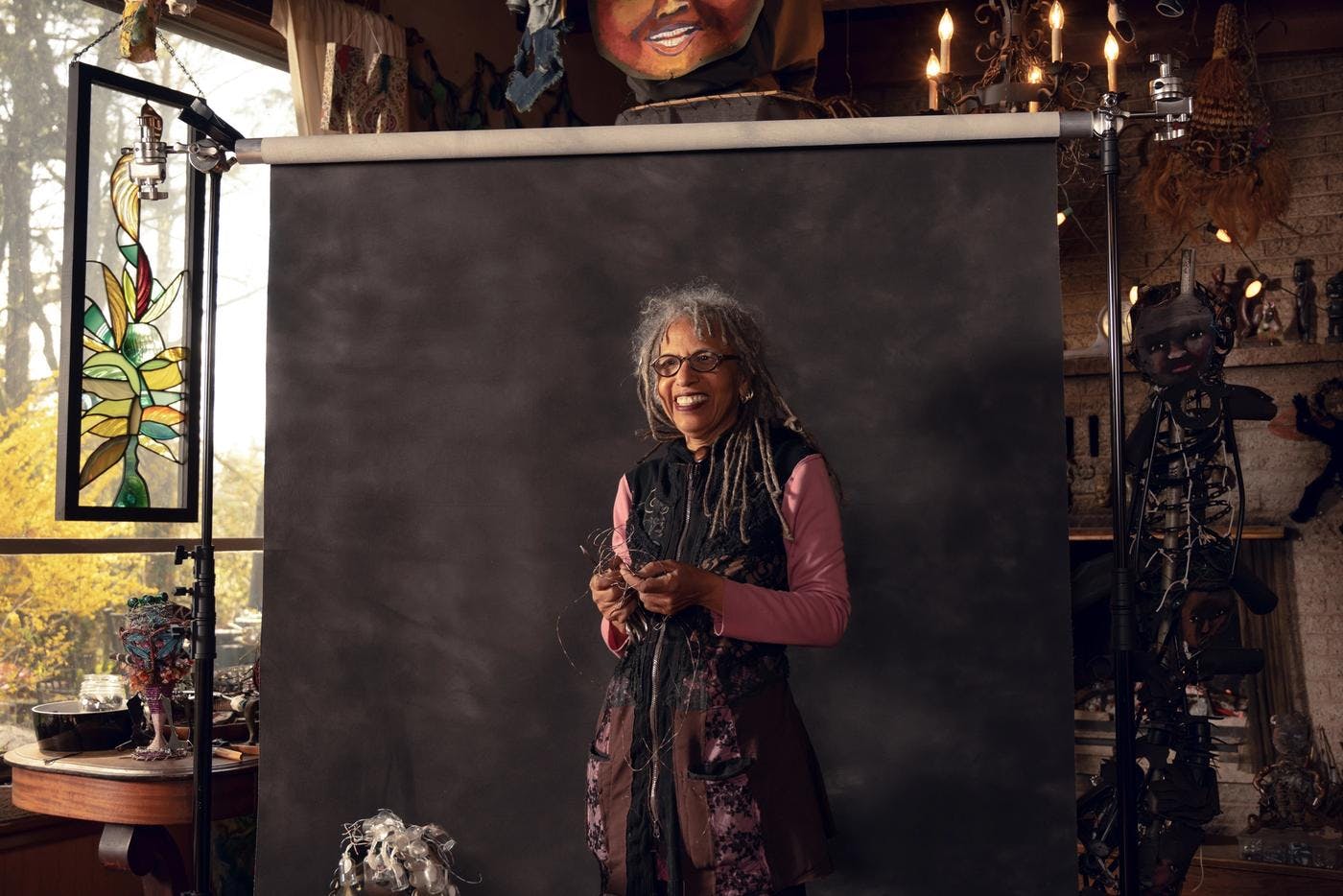
Salvaging old cloth and scrap metal, the longtime Seattle sculptor finds beauty in what’s discarded.
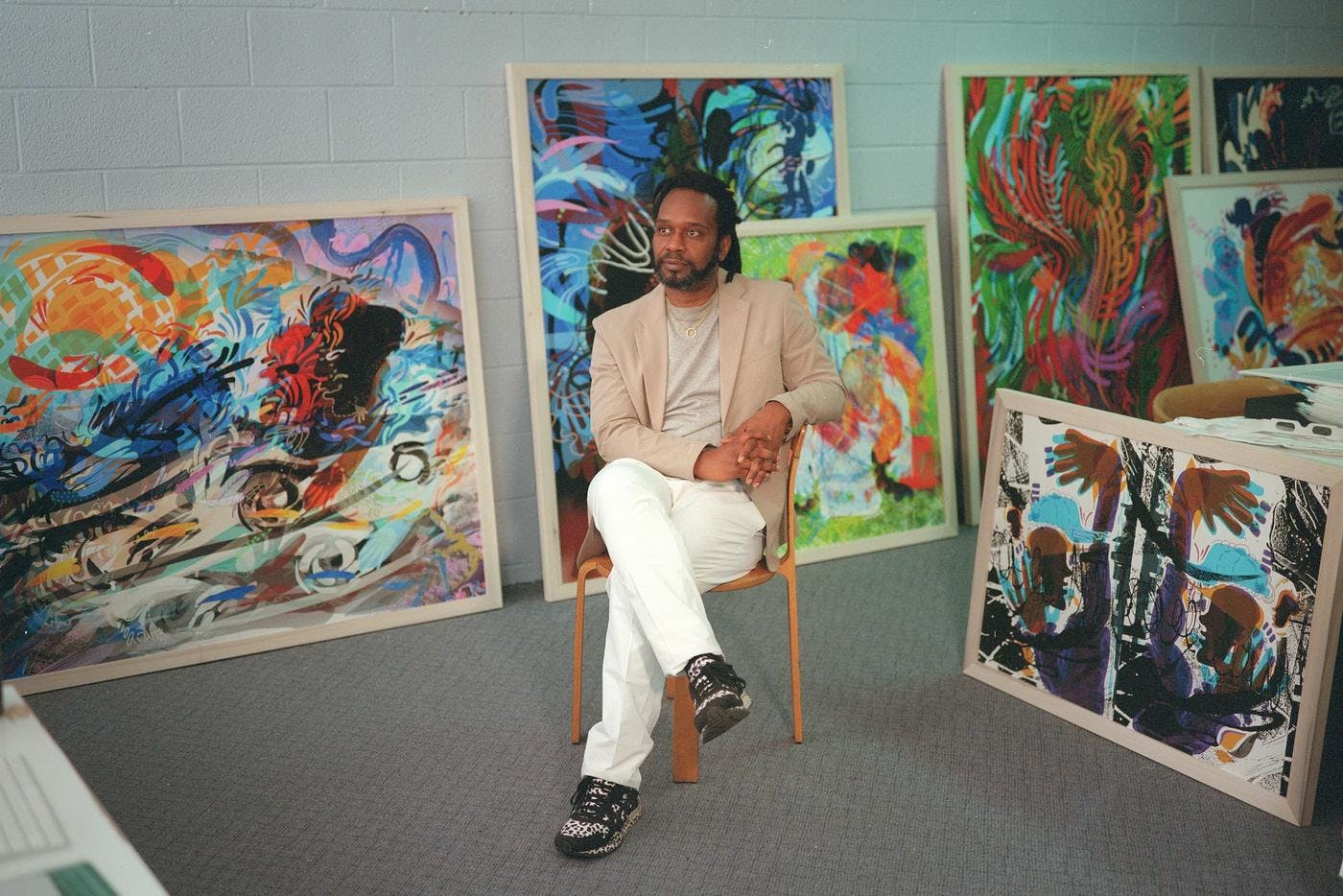
This Seattle artist channels his personal history and activism into vibrant murals and abstract paintings.
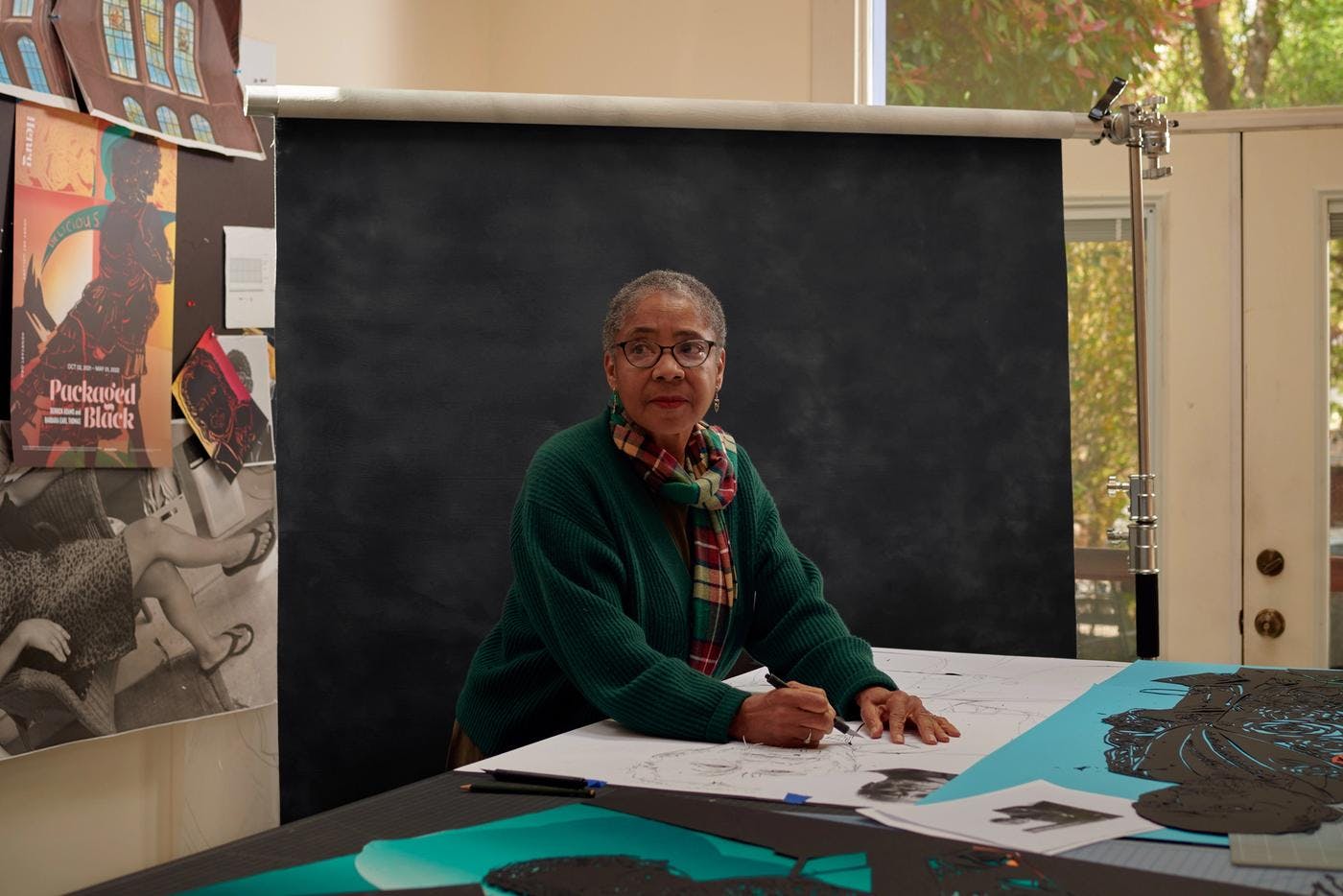
With meticulous skill and a communal approach, the longtime Seattle artist has cut her own path.
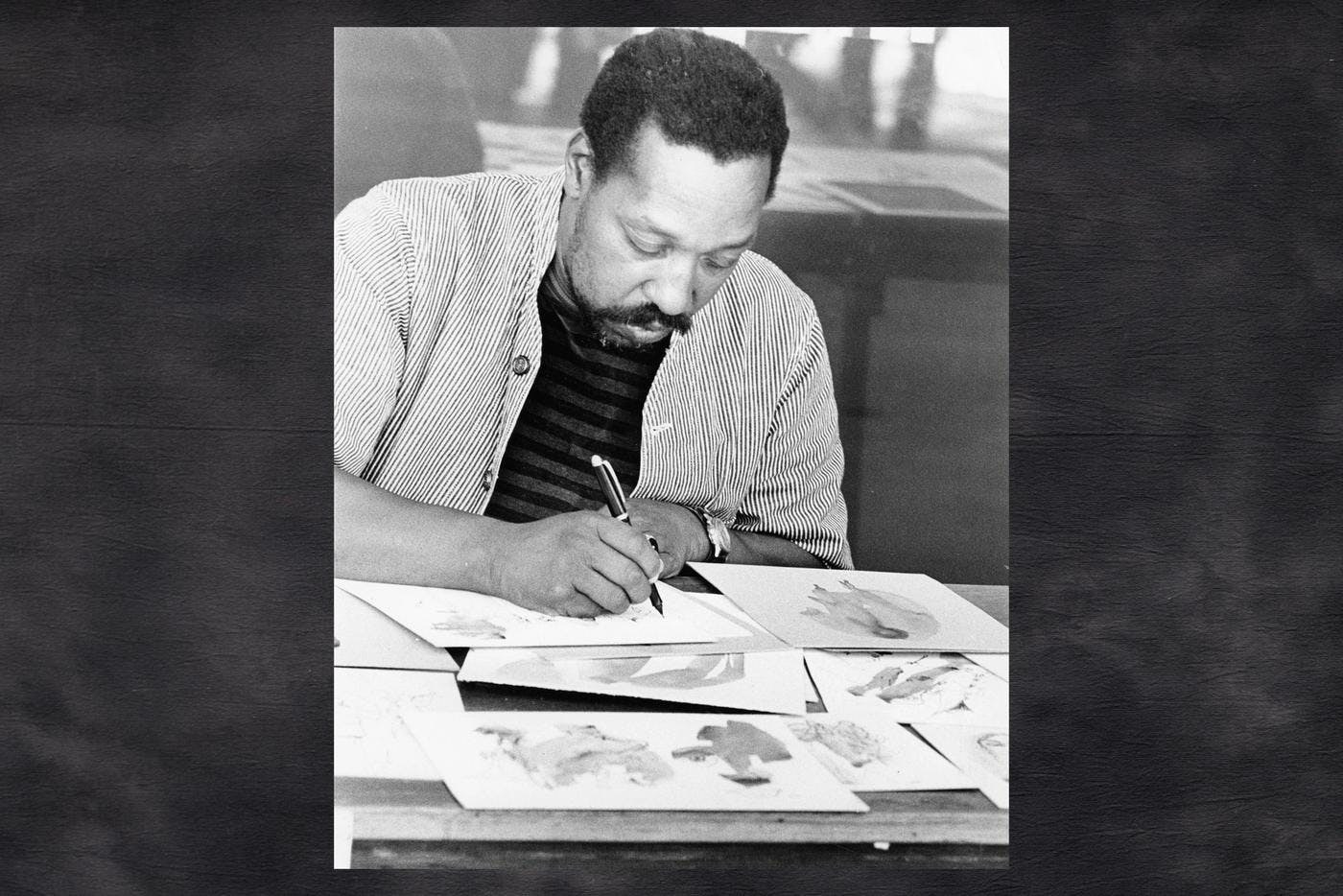
The first Black art instructor in Washington was an experimental artist ahead of his time.
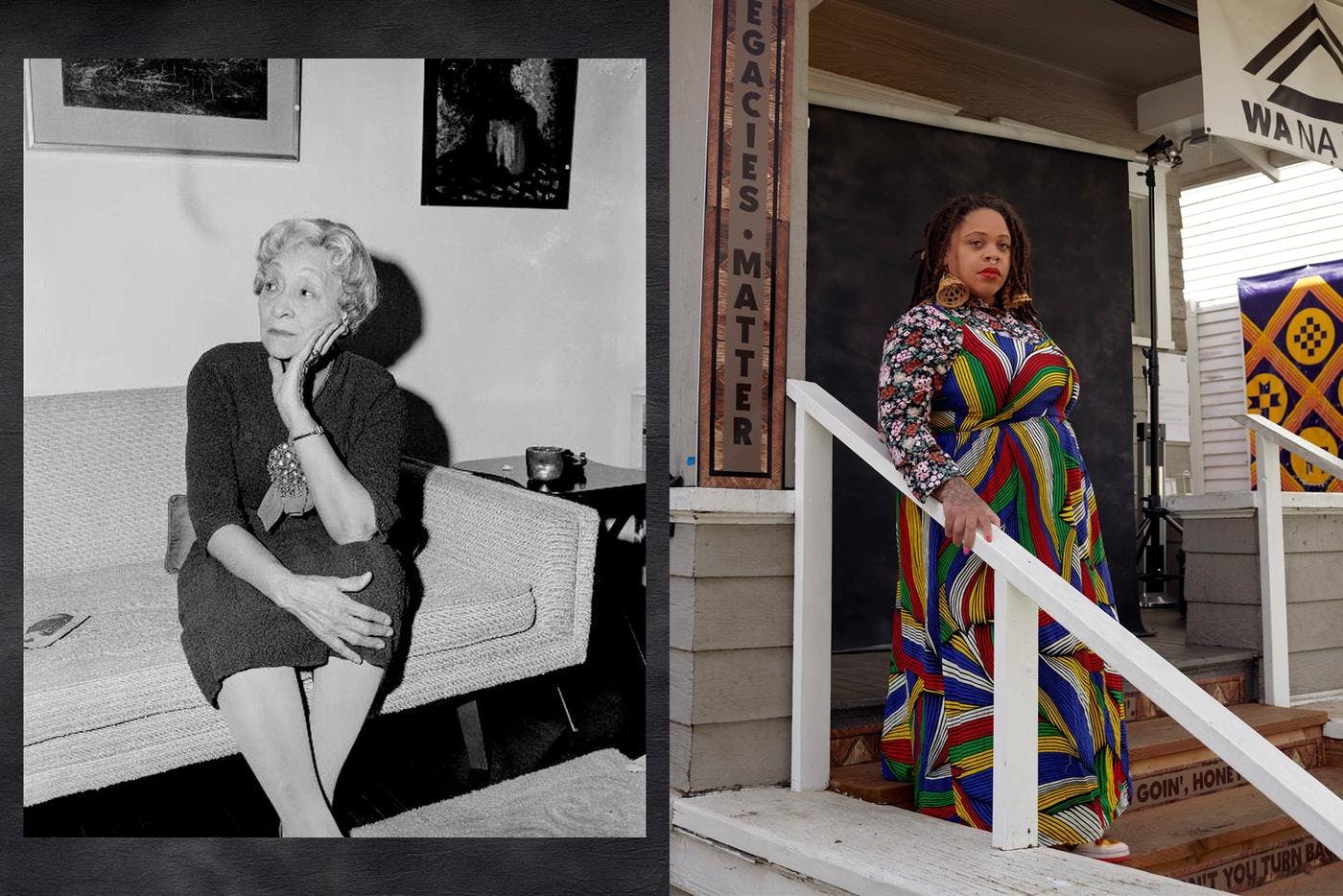
Two curators separated by decades turn homes into galleries to support artists.
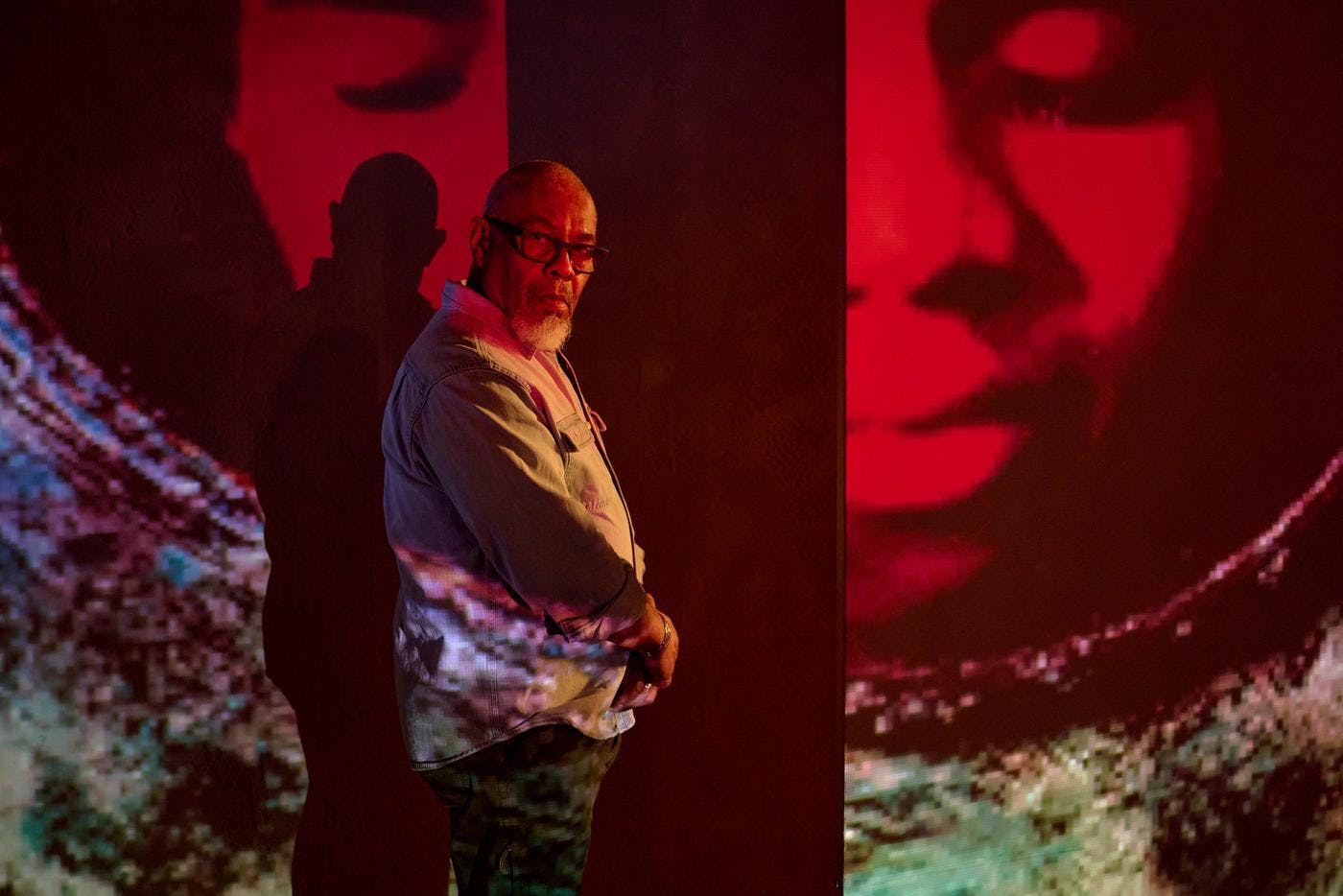
The influential art teacher uses books, found objects and photography to provoke thought and shift perception.
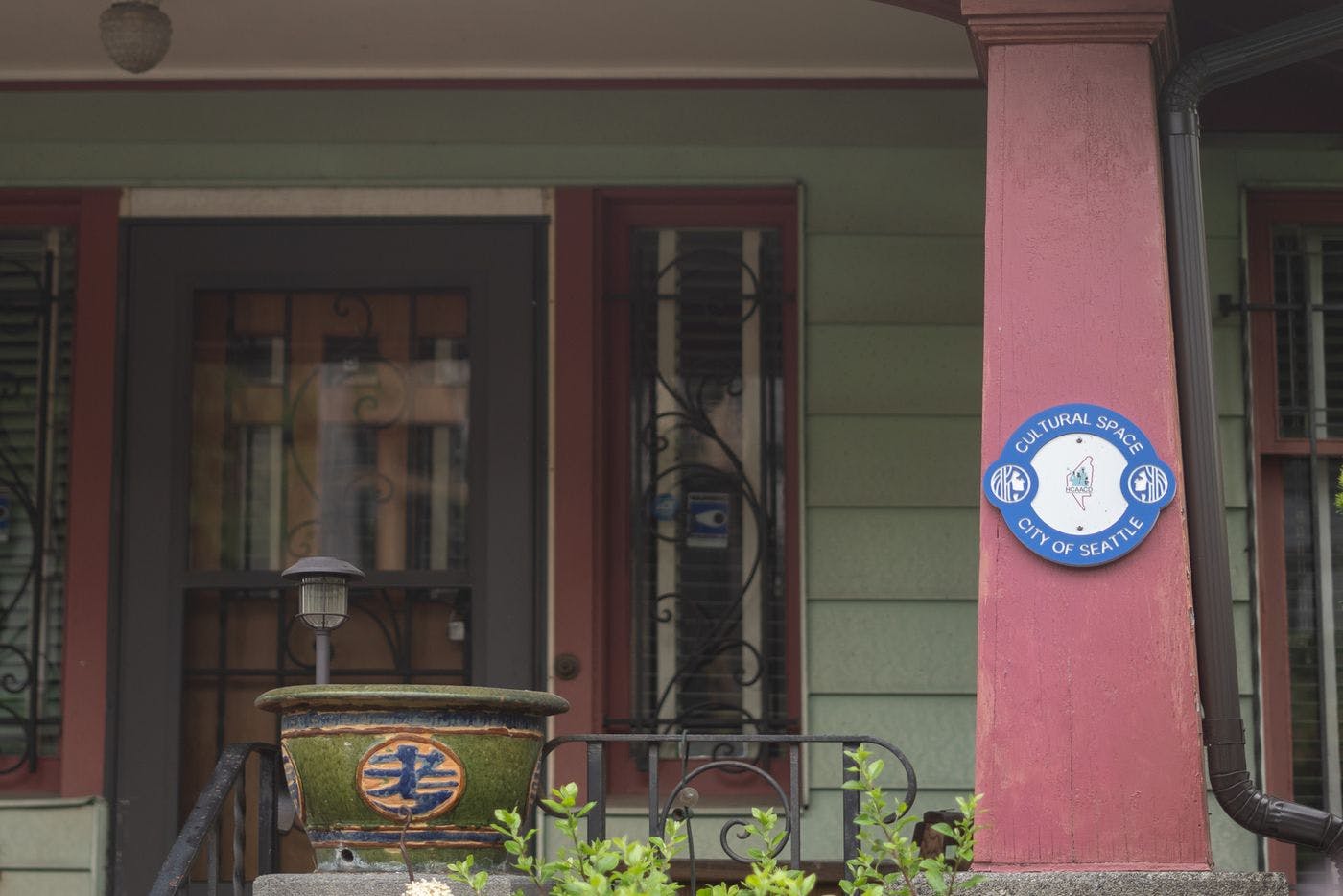
The late couple's house is now a cultural center that inspires the next generation.
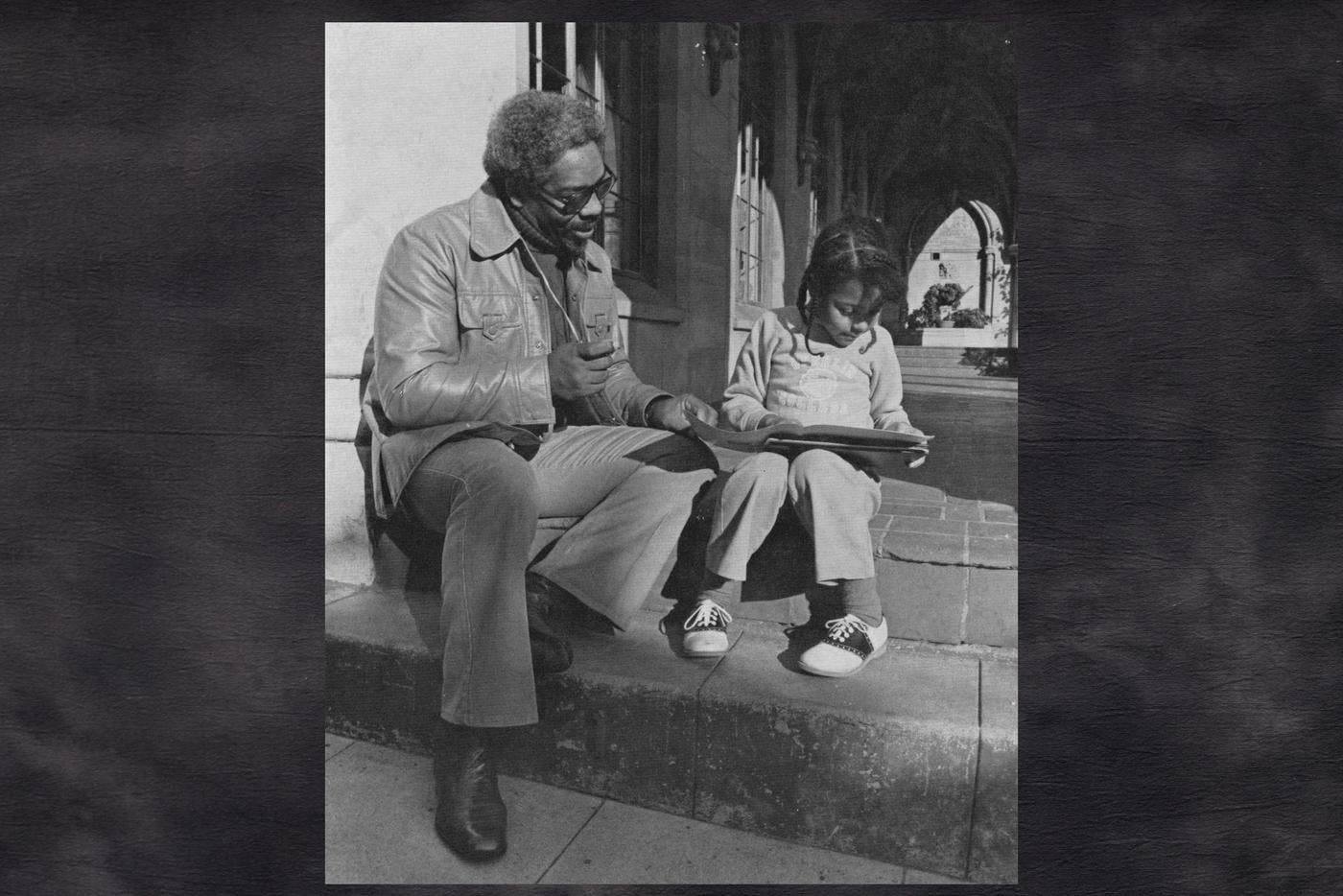
The late director, producer, stuntman and teacher used film and video production to lift up the voices of Seattle’s Black community.
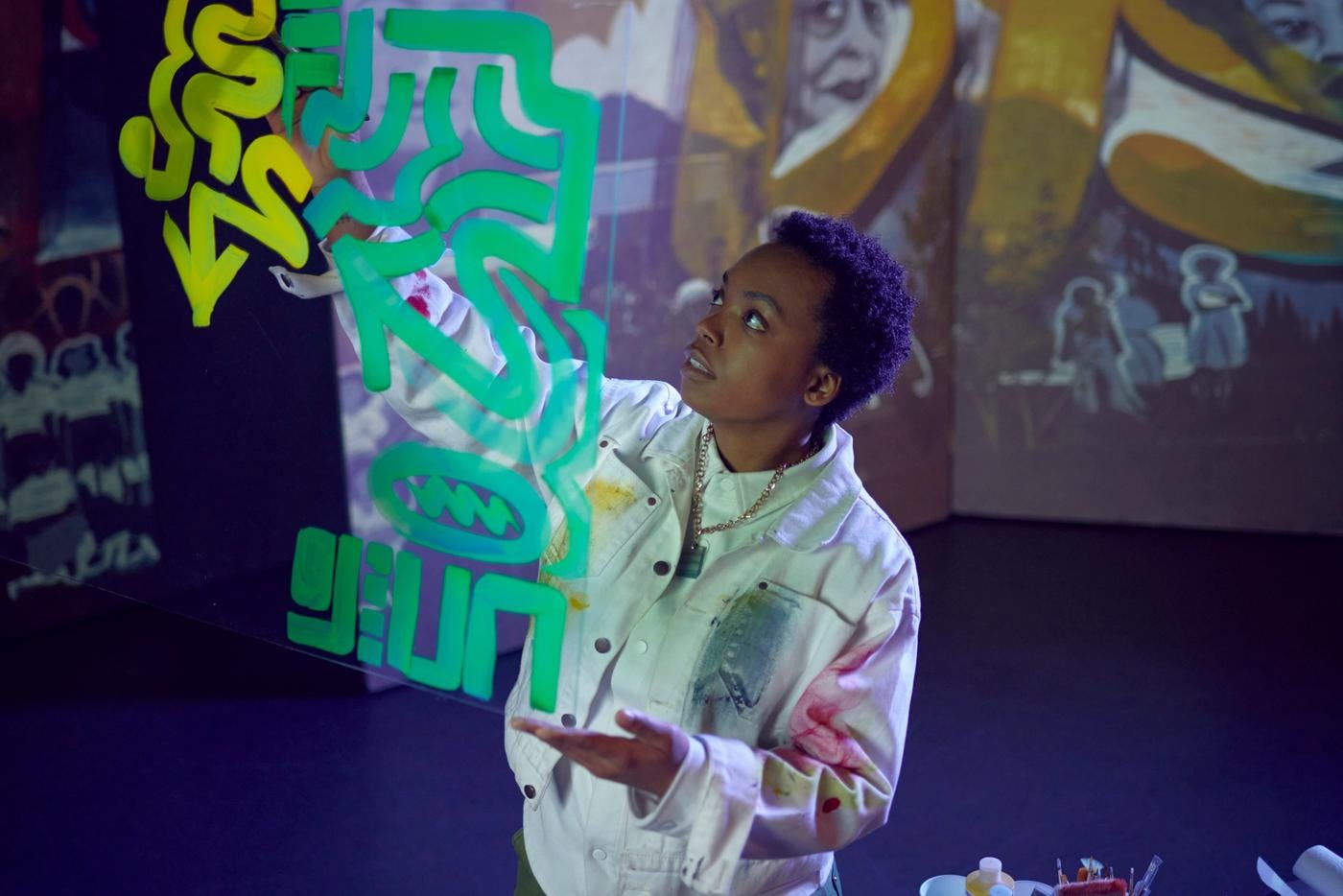
Through public murals, collaborative projects and custom sneakers, this artist is leaving her footprint on Seattle history.
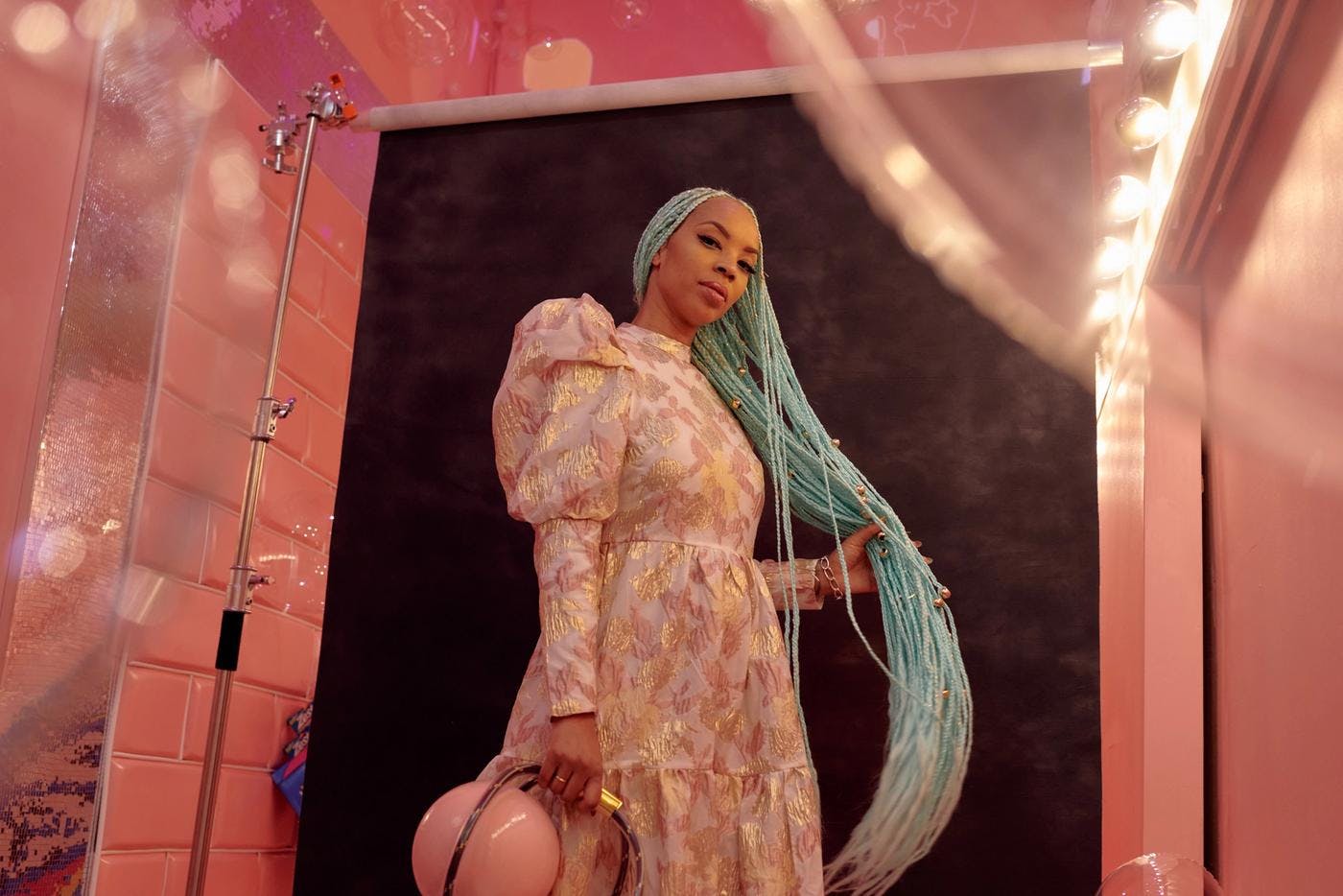
The curator, gallerist and artist is resisting the art establishment with bold immersive experiments.
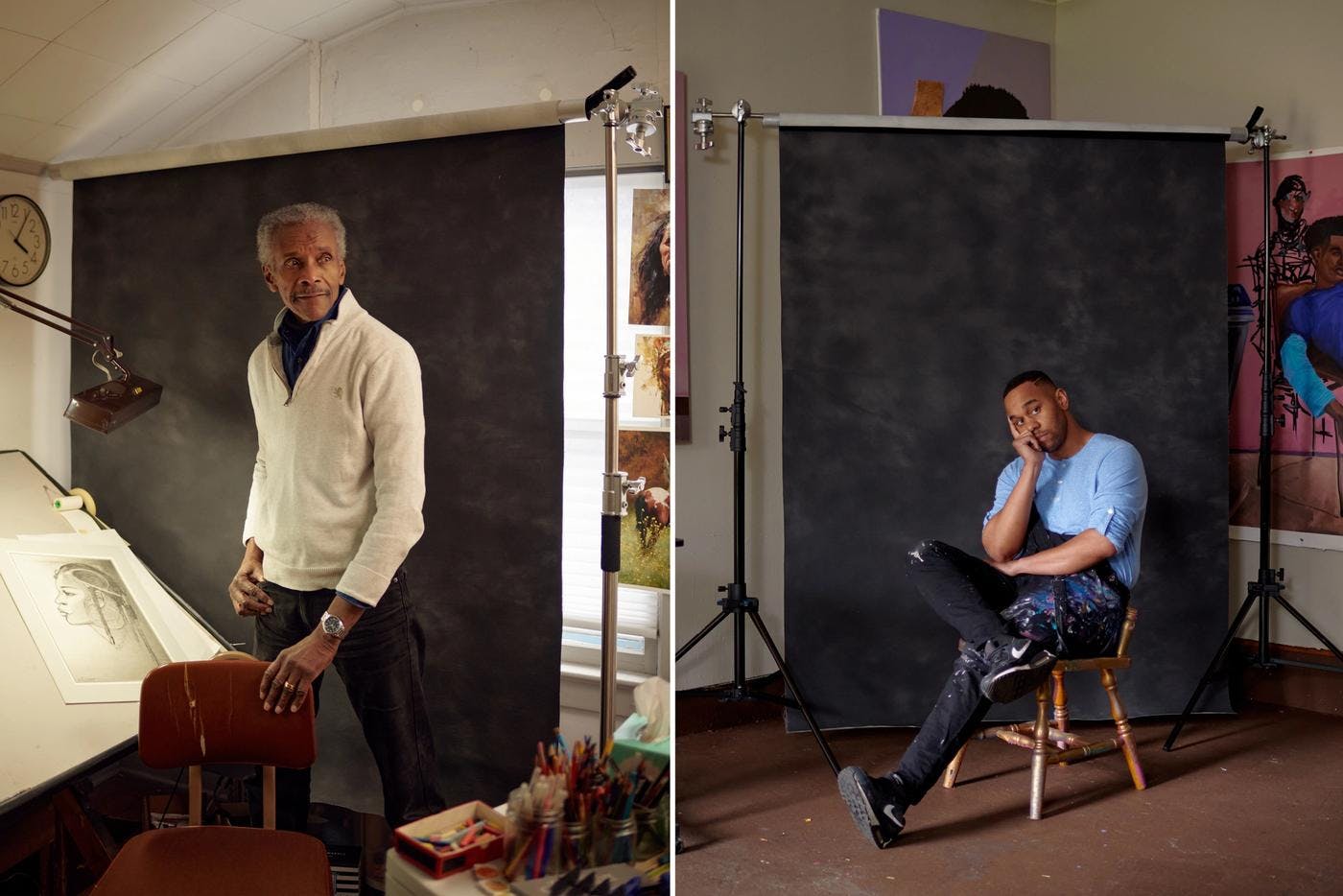
From intricate portraits to multistory murals, the artists bring Black history and bold color to the cityscape.
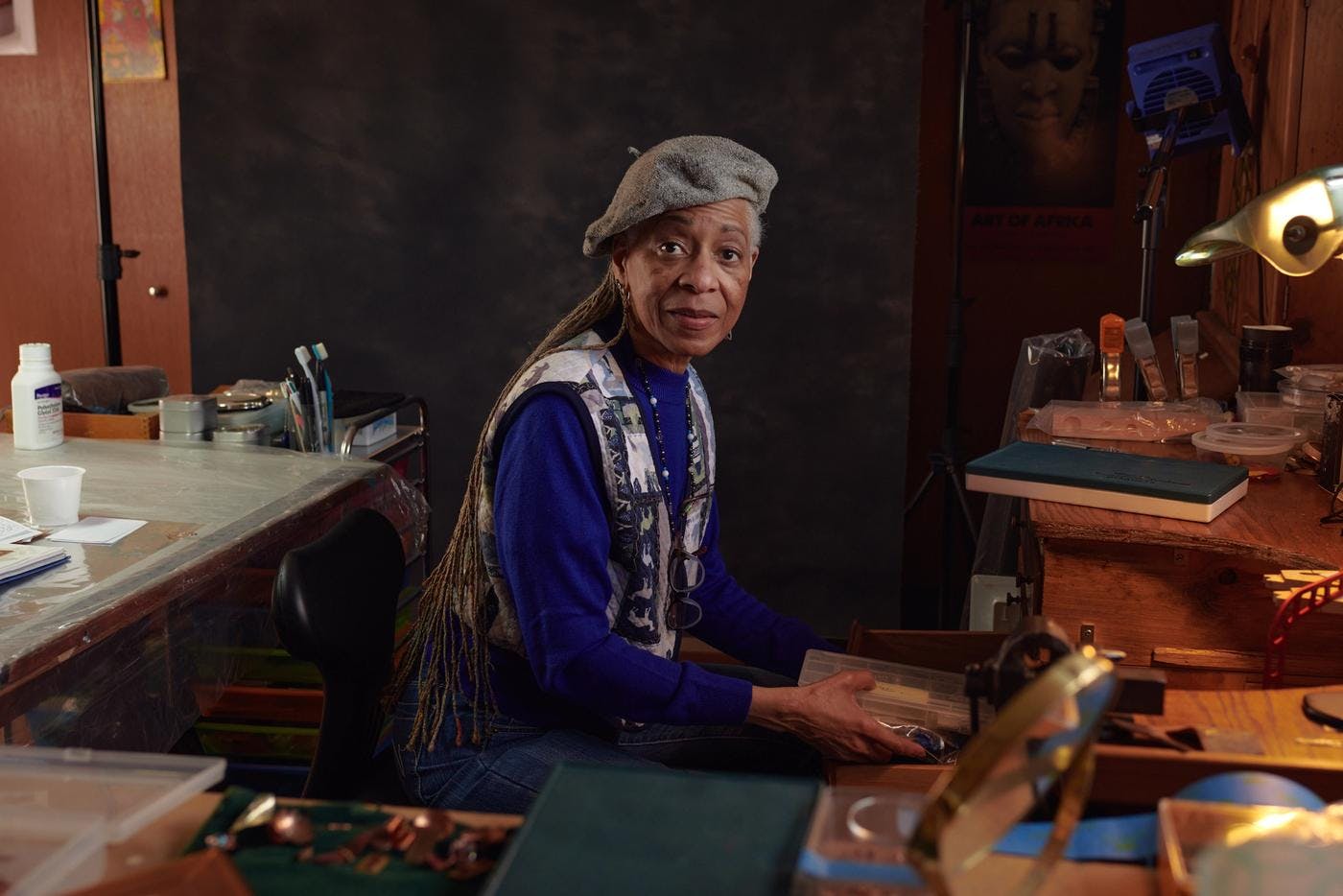
Through ceramics, sculpture, jewelry and public art, the multifaceted artist makes Black history tactile.
Thanks to our Sponsors
Your support helps Crosscut create projects like Black Arts Legacies. Learn how you can help with a one-time donation or recurring membership.
Support Crosscut